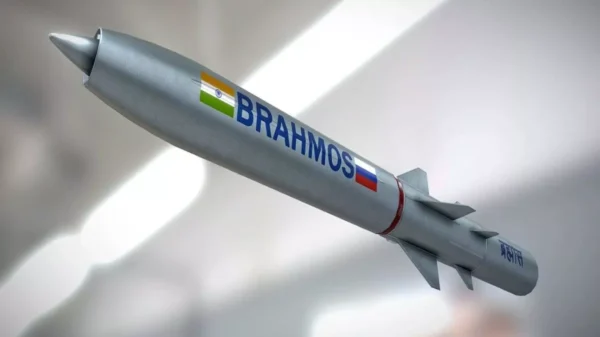As the underground fire in Karachi’s Korangi Creek area continues into its 12th day, authorities are contemplating seeking assistance from a leading US-based firm to help extinguish the blaze, which is believed to have been caused by a natural gas pocket.
In response to growing concerns over the persistent fire, the Ministry of Energy (Petroleum Division) has formed a technical committee to assess and contain the natural gas pocket. The committee is composed of key figures, including Sikandar Ali Memon, Chief Operating Officer of Pakistan Petroleum Limited (PPL), Khurrum Shahzad, Chief Geologist of Oil and Gas Development Company Limited (OGDCL), Production Manager Habibullah Chohan, and Abdul Majid, General Manager of Pakistan Refinery Limited (PRL).
Sources indicate that the committee has decided to purchase advanced gas detection meters to measure the presence and concentration of natural gas in the area more accurately. Additionally, experts are considering the option of filling the boreholes with cement as part of the fire containment plan.
PRL has been tasked with setting up a camp office on-site, and all energy, petroleum, and service companies operating in Sindh have been urged to provide technical and logistical support for firefighting and remedial efforts.
The fire, which initially burned with a blue flame, has now changed to a reddish hue, suggesting incomplete combustion and the release of carbon monoxide. The blaze began after a 1,200-foot-deep borehole was drilled at the site on March 29, raising concerns about the type and volume of gas responsible for the fire.
A preliminary chemical analysis of water samples from the site has revealed the presence of hazardous chemicals. According to PPL sources, the analysis detected benzene, toluene, and tetrachloroethylene in amounts exceeding safe limits. Specifically, tetrachloroethylene was found at 33 micrograms per liter, well above the standard limit of 5 mg, while benzene levels reached 19 mg per liter, surpassing the permissible threshold of 5 mg. Toluene was found at 15 micrograms per liter, three times higher than the recommended safety level.
However, the hydrocarbon content in the water was found to be within acceptable limits. Authorities are also investigating whether some of the chemicals present are linked to toxic waste being dumped through the Malir River and absorbed into the ground.
Although specialized companies exist for managing such fires, there has been no update on whether authorities have contacted any of these firms or initiated a detailed study to assess the extent of the gas reservoir.










